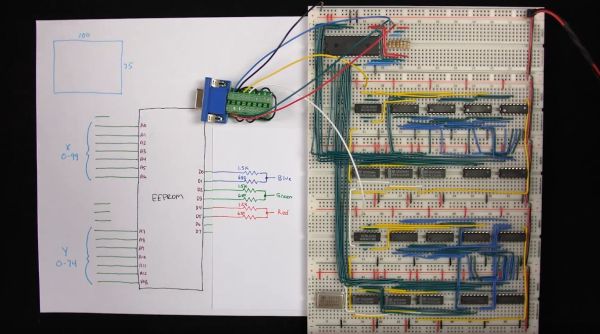Choices matter. You’ve only got one shot to fulfill the objective. A single coordinated effort is required to defuse the bomb, release the hostages, or outlast the opposition. Fail, and there’s no telling when you’ll get your next shot. This is the world that Counter-Strike presented to PC players in 1999, and the paradigm shift it presented was greater than it’s deceptively simple namesake would suggest.
The reckless push forward mantra of Unreal Tournament coupled with the unrelenting speed of Quake dominated the PC FPS mind-share back then. Deathmatch with a side of CTF (capture the flag) was all anyone really played. With blazing fast respawns and rocket launchers featured as standard kit, there was little thought put towards conservative play tactics. The same sumo clash of combatants over the ever-so inconveniently placed power weapon played out time and again; while frag counts came in mega/ultra/monster-sized stacks. It was all easy come, easy go.
Counter-Strike didn’t follow the quick frag, wipe, repeat model. Counter-Strike wasn’t concerned with creating fantastical weaponry from the future. Counter-Strike was grounded in reality. Military counter terrorist forces seek to undermine an opposing terrorist team. Each side has their own objectives and weapon sets, and the in-game economy can swing the battle wildly at the start of each new round. What began as a fun project for a couple of college kids went on to become one of the most influential multiplayer games ever, and after twenty years it’s still leaving the competition in the de_dust(2).
Even if you’ve never camped with an AWP, the story of Counter-Strike is a story of an open platform that invited creative modifications and community-driven development. Not only is Counter-Strike an amazing game, it’s an amazing story.
Continue reading “Counter-Strike At 20: Two Hackers Upend The Gaming Industry”

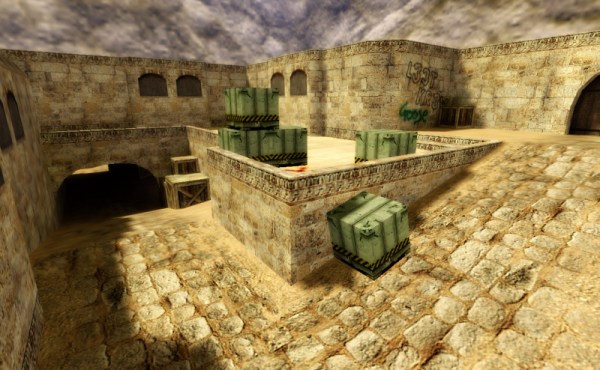
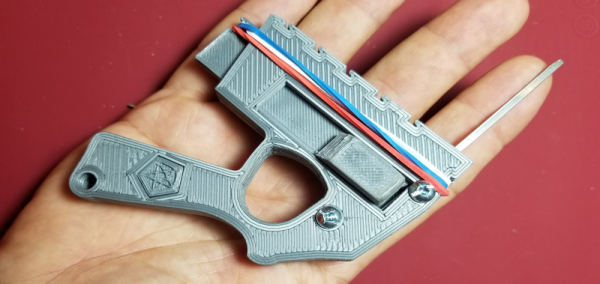
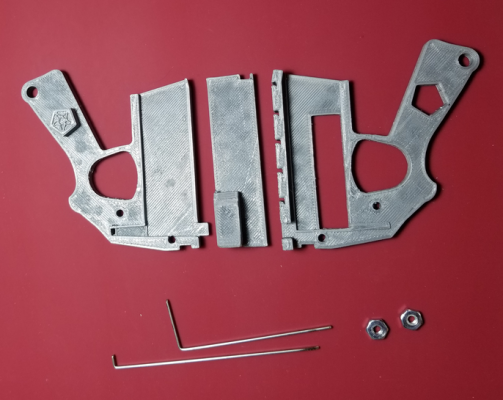 Now, for us at least, fantasy became a reality as [Peterthinks] makes public his
Now, for us at least, fantasy became a reality as [Peterthinks] makes public his 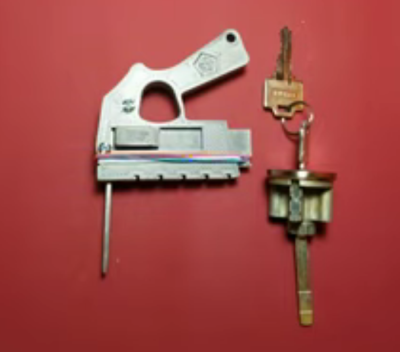 The device works by manually flicking the spring (rubber band) loaded side switch which then toggles the picking tang up and down whilst simultaneously using another tang to gently prime the opening rotator.
The device works by manually flicking the spring (rubber band) loaded side switch which then toggles the picking tang up and down whilst simultaneously using another tang to gently prime the opening rotator.